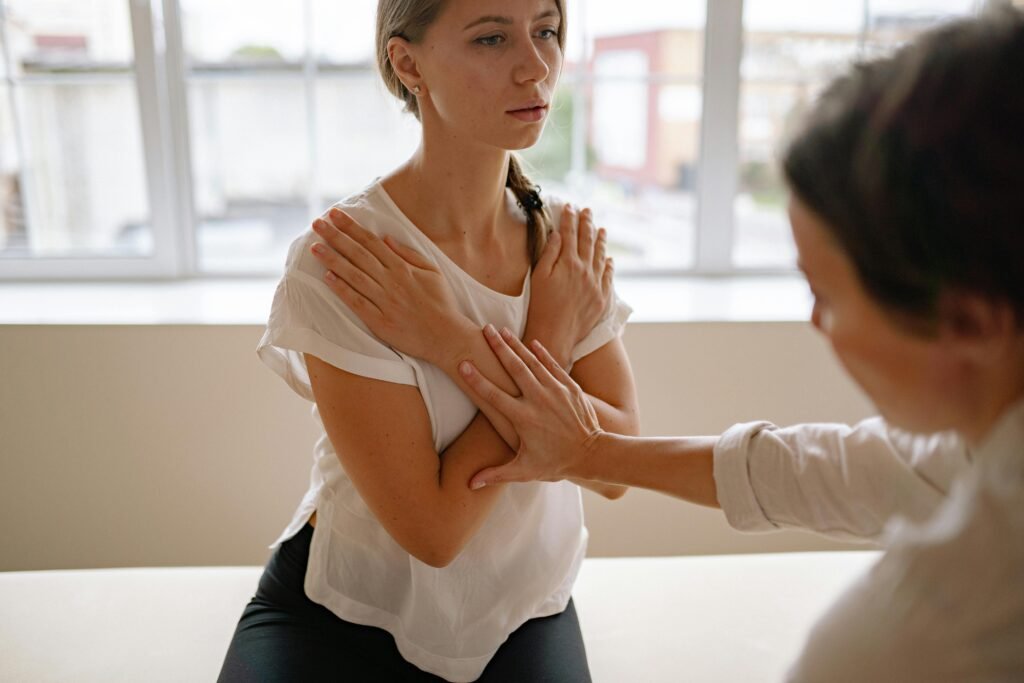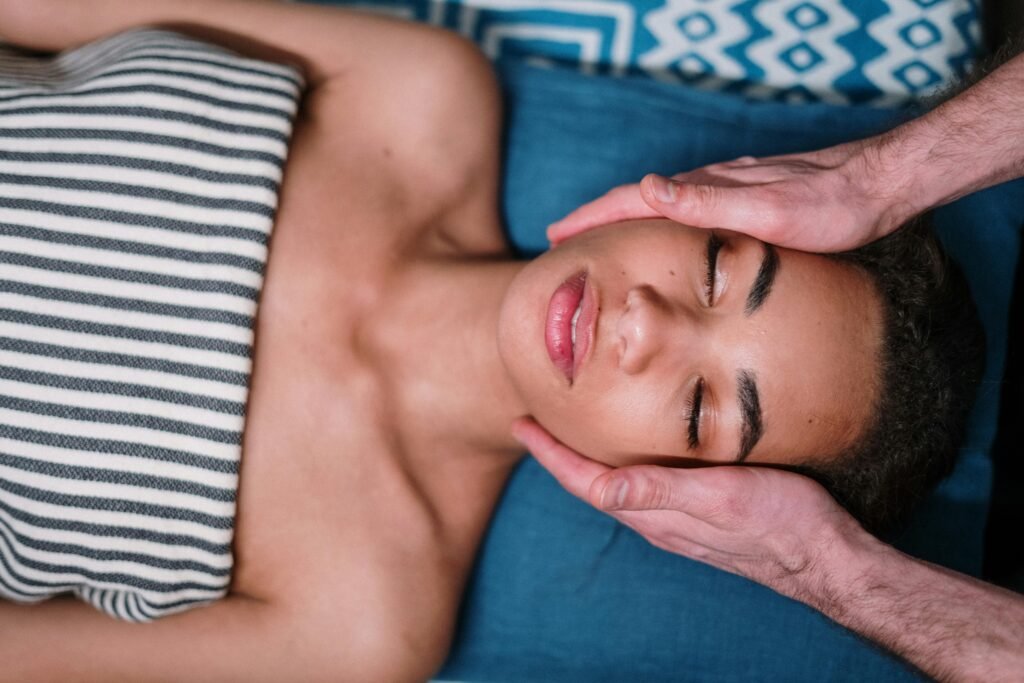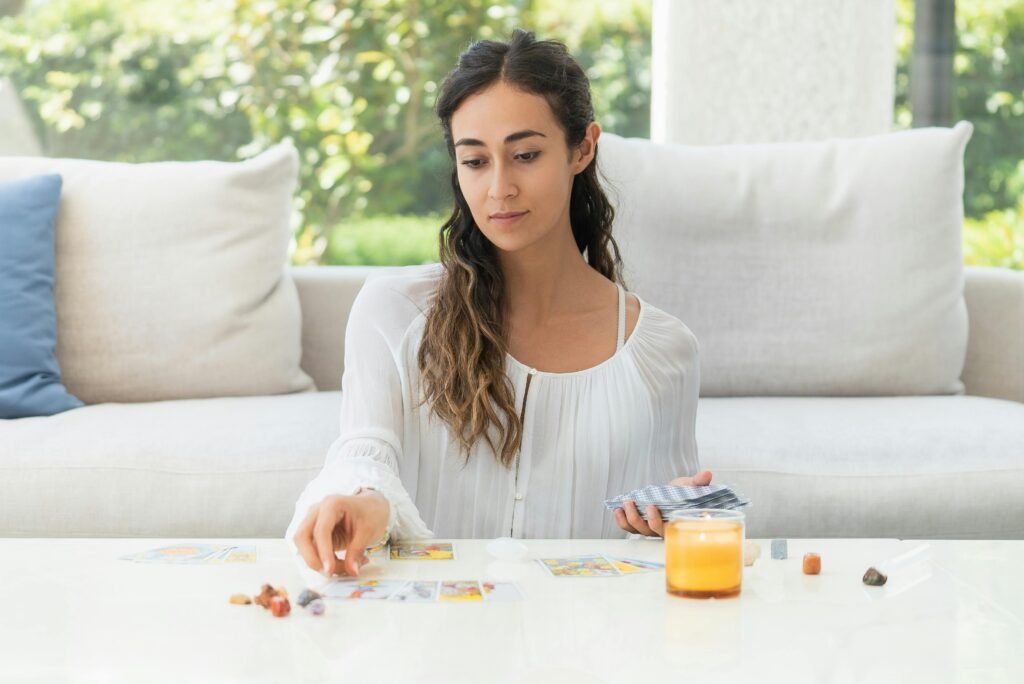Reiki Healing: A Gentle Path to Energy Balance and Wellness
Are you seeking a natural, non-invasive way to restore your energy and improve your overall well-being? Reiki Healing for energy balance offers a gentle, yet powerful approach to achieving wellness by focusing on the body’s energy system. This ancient Japanese healing technique uses the hands to channel healing energy into the body, helping to balance the energy flow and promote emotional and physical healing.
1. What is Reiki? A Natural Path to Energy Healing
If you’re seeking a natural path to energy healing, Reiki may be the perfect solution. Reiki is a gentle, non-invasive energy healing technique that involves the laying on of hands or hovering just above the body to channel healing energy. This technique was developed in Japan by Mikao Usui in the early 20th century and is based on the belief that energy flows through all living things. When this energy becomes unbalanced or blocked, it can lead to physical or emotional issues.

References:
- “Learn more about Reiki with the book The Reiki Manual by Penelope Quest.”
Supplement suggestions:
- “Support relaxation with a calming herbal tea like Traditional Medicinals Organic Chamomile Tea.”
Recommended Course:
- “Start your Reiki journey with the Reiki Level 1 Certification Course on Udemy.”
2. The Rise of Reiki: A Growing Trend in Holistic Health and Wellness
Reiki is experiencing a surge in popularity as more people turn to holistic, non-invasive approaches for their health and wellness. Whether you’re dealing with stress, emotional challenges, or seeking general well-being, Reiki offers a gentle yet effective way to promote healing. Today, Reiki for emotional balance and physical health is offered in a variety of settings, making it more accessible than ever.
Where Can You Find Reiki?
Wellness Clinics: Many integrative health centers have embraced Reiki as a part of their holistic approach to healing. These clinics combine traditional medicine with alternative therapies like Reiki to promote overall well-being.
Hospitals: Surprisingly, Reiki in hospitals is becoming more common. It is often used to support patients who are undergoing surgery, chemotherapy, or cancer treatments, helping them manage stress, anxiety, and pain during their recovery process.
Private Practices: Many Reiki practitioners now offer individual sessions in private studios, spas, or even virtually, making it easier to receive treatment from the comfort of your home. Whether you’re looking for a one-on-one session or a group healing experience, you can find a variety of options available.

References:
- “Find a certified Reiki practitioner with the International Association of Reiki Professionals Directory.”
Supplement suggestions:
- “Promote relaxation with a magnesium supplement like Natural Vitality Calm.”
Recommended Course:
- “Explore the Reiki for Beginners Course on Mindbodygreen to learn the basics of energy healing.”
3. Benefits of Reiki for Modern Living
Promotes Relaxation: Reiki is known for its deeply calming effects, reducing stress and anxiety. The gentle nature of the treatment allows the body to relax deeply, which can help promote emotional wellness and provide relief from the pressures of daily life.
Emotional Healing: If you’re dealing with emotional imbalances such as grief, anger, or fear, Reiki can help release these blocked emotions and restore emotional harmony. By promoting emotional healing through energy flow, Reiki helps you feel more centered and at peace.
Physical Healing: Reiki can help accelerate the body’s natural healing process by supporting the immune system and improving energy circulation. It is often used to complement other treatments for pain relief, chronic conditions, or recovery from illness.
Holistic Well-Being: Reiki is a holistic practice that nurtures the mind, body, and spirit. It works on all levels—physical, emotional, mental, and spiritual—helping you achieve a balanced and healthier life.
If you’re searching for a gentle and non-invasive way to restore balance and promote healing, Reiki is an excellent choice. It provides a nurturing, safe, and effective method to support your overall wellness and emotional well-being.

References:
- “Try the Reiki Energy Healing Music Playlist on Spotify to enhance your Reiki practice.”
Supplement suggestions:
- “Support emotional balance with an adaptogenic herb like Ashwagandha by Organic India.”
Recommended Course:
- “Learn about the benefits of Reiki with the Reiki for Stress Relief Course on Udemy.”
4. How Reiki Works: The Science Behind Energy Healing
Reiki is an energy healing practice that balances the body’s energy fields to promote natural healing. While it’s rooted in spiritual principles, scientific studies suggest Reiki may have measurable effects on the body. Research has shown that Reiki can help:
- Reduce Stress Hormones: Reiki induces relaxation, lowering stress hormones like cortisol.
- Improve Heart Rate Variability: Reiki can improve heart rate variability, promoting emotional regulation and resilience.
- Promote Relaxation: Reiki helps calm the nervous system, encouraging healing and reducing anxiety.
Reiki works by restoring balance to the body’s energy centers, helping it heal naturally. Whether you’re seeking stress relief, emotional healing, or overall wellness, Reiki is a gentle, non-invasive solution.

References:
- “Read about the science of energy healing in the book The Energy Healing Experiments by Gary Schwartz.”
Supplement suggestions:
- “Support relaxation with a stress-relief supplement like Olly Goodbye Stress Gummies.”
Recommended Course:
- “Explore the Science of Energy Healing Course on Mindbodygreen to learn more about the research behind Reiki.”
5. How to Incorporate Reiki into Your Life: A Simple Guide for Everyday Healing
Incorporating Reiki healing into your daily life is easier than you might think. Whether you’re receiving sessions from a practitioner or practicing self-Reiki, there are simple and effective ways to bring Reiki into your routine. Here are some tips to help you get started:
1. Find a Certified Reiki Practitioner
If you’re new to Reiki, it’s helpful to begin by seeking guidance from a certified Reiki practitioner. Look for someone with positive reviews and proper training in your area or online. Reiki sessions with a professional can give you insight into the practice and help you understand how energy healing works.
2. Learn Self-Reiki
A great way to practice Reiki daily is by learning self-Reiki. You can start by taking a Reiki Level 1 course, which will teach you how to channel energy to yourself. This can be especially helpful for managing daily stress, promoting relaxation, and supporting emotional health. Once you’re trained, you can practice Reiki on yourself anytime you need healing or balance.
3. Create a Calm and Sacred Space
A peaceful environment is key to any healing practice. Designate a quiet area at home for your Reiki practice or meditation. Whether it’s a cozy corner with soft lighting or a dedicated room, a calm space will help you focus, relax, and connect with the energy around you. Consider adding calming elements like candles, crystals, or soft music to enhance your experience.
4. Combine Reiki with Other Wellness Practices
For enhanced benefits, consider pairing Reiki with other healing practices like yoga, meditation, or aromatherapy. Yoga helps to align the body’s energy flow, while meditation deepens your relaxation and focus. Aromatherapy, with the use of essential oils, can complement Reiki by helping to calm your mind and emotions. Combining these practices creates a more holistic approach to emotional and physical wellness.
5. Make Reiki Part of Your Routine
Once you’re familiar with the basics, integrate Reiki into your daily routine. You can perform short self-Reiki sessions in the morning to start your day with a sense of calm or use it in the evening to relax before bed. By regularly practicing Reiki, you’ll strengthen your ability to channel healing energy, making it a natural part of your self-care regimen.
6. Stay Open to the Energy
Reiki works best when you remain open to the process and trust that the energy will flow where it’s most needed. Don’t stress about whether you’re doing it “right.” Reiki isn’t about perfection; it’s about allowing yourself to be a channel for healing energy and trusting the process.

References:
- “Try the Reiki Self-Healing Guide by Diane Stein to learn self-Reiki techniques.”
Supplement suggestions:
- “Support your energy levels with a plant-based protein powder like Garden of Life Sport Organic Plant-Based Protein.”
Recommended Course:
- “Join the Reiki Self-Healing Course on Udemy to learn how to practice Reiki on yourself.”
Conclusion
Reiki healing offers a gentle yet powerful way to restore balance and promote overall well-being. By incorporating Reiki into your life, you can reduce stress, alleviate pain, and enhance your physical, emotional, and spiritual health. Whether you’re new to Reiki or looking to deepen your practice, this ancient healing art provides a holistic path to wellness that aligns perfectly with modern living.
Call to Action:
“Ready to experience the benefits of Reiki? Explore our top-rated books, courses, and tools here and start your journey to energy balance and wellness today!”
FAQ
1. Is Reiki safe for everyone?
Yes, Reiki is safe and non-invasive, making it suitable for people of all ages and health conditions.
2. How long does it take to feel the effects of Reiki?
Some people feel immediate relaxation, while others notice gradual improvements over multiple sessions.
3. Can I practice Reiki on myself?
Absolutely! Learning self-Reiki is a great way to incorporate energy healing into your daily routine.
4. Do I need special training to receive Reiki?
No, anyone can receive Reiki from a certified practitioner. However, training can help you practice self-Reiki or become a practitioner.
5. Can Reiki replace conventional medical treatment?
Reiki is a complementary therapy and should not replace medical treatment. Always consult your healthcare provider for medical concerns.
Disclaimer
This article is for informational purposes only and is not intended to replace professional medical advice, diagnosis, or treatment. Always consult with a healthcare provider before starting any new wellness or healing practice, especially if you have pre-existing health conditions. Some links in this article are affiliate links, which means we may earn a small commission if you purchase through them at no extra cost to you. This helps support our work and allows us to continue providing valuable content. Thank you for your support!
